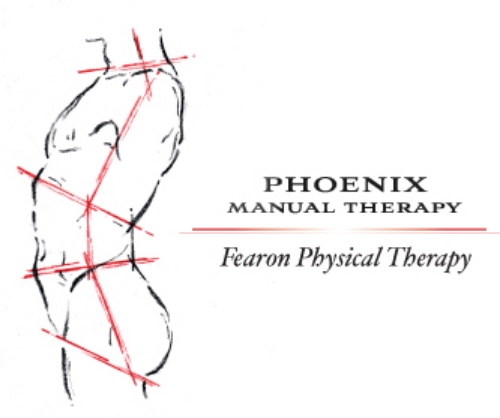The Spine Series Cervical-Thoracic
The intent of this class is to develop a clinical reasoning process in orthopedic manual therapy concurrent with enhancing technique selection and delivery. The extended course concept that has today become the Spine Series was initiated with a long-term manual therapy class inclusive of Cervical-Thoracic and Lumbar spine over the course of a year. The intent was to fill the void between weekend classes with no accountability or demonstration of learning applicable skills and formal residency programs.
We have sought to make the offerings more granular allowing participants more flexibility in when they can take each component, both for reasons of time and affordability. This has necessitated splitting the Spine Series into two distinct courses that can be taken in series or in consecutive years. These are now referred to as The CervicoThoracic Series and The LumboPelvic series. The classes are most complete if the student takes the first 2 and the follow up 1 day therapeutic exercise class for the respective region.
Nearly all of the didactic material will be presented in an online format that will allow the student to complete this part of the class in their own time frame at home prior to each lab session. This should liberate the lab classes to move immediately into discussion and hands on time with minimal time devoted to lecture.
Course Principle
The Spine Series: Cervicothoracic runs for 2 separate weekends, with the Therapeutic Exercise in the Upper Quarter immediately following as a one day stand alone class which is highly recommended as the logical completion of the series. This allows those who would like to enhance their therapeutic exercise skill sets to take this section alone or to repeat this class without repeating the first 2 segments. We do not view it as reasonable to eliminate the scapula-thoracic attachment and essentials of the interface with the glenohumeral joint when examining the cervical/thoracic region so these are integrated as well.
There will be online lecture and case presentation content that students will view prior to class gathering physically. The bulk of the class time can then be hands on practical application. The instructor/student ratio has never been more than 8/1, typically less. The classes will be approximately 1 month apart apart with reading and practice expectations in between sessions. The orientation is practical and case studies are an essential element.
Goal
The goal is to cover the entire spine as well as the relation to the shoulder and hip in a format that will encompass the Australian dynamic thinking model from assessment, treatment decisions for soft tissues and joints, technique selection, reassessment, treatment progression, self-treatment selection, therapeutic exercise, long-term management, education, and discharge. Integration of emerging evidence in manual therapy is an essential component of the class.
